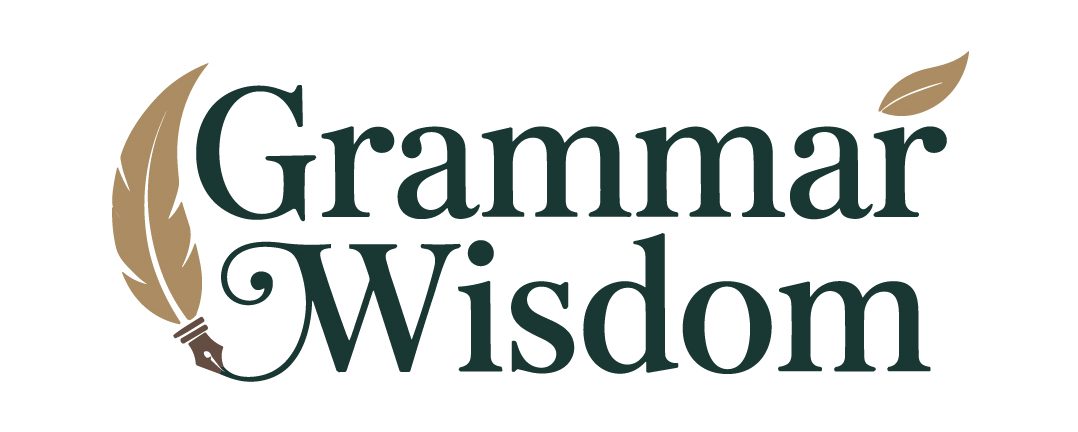Beyond “I’m Waiting”: Diverse Ways to Request a Response
Effectively communicating the need for a response is crucial in both personal and professional settings. While the phrase “I’m waiting for your response” is perfectly acceptable, relying solely on it can become repetitive and may not always convey the specific tone or urgency you intend. Mastering alternative expressions enhances your communication skills, allowing you to…
